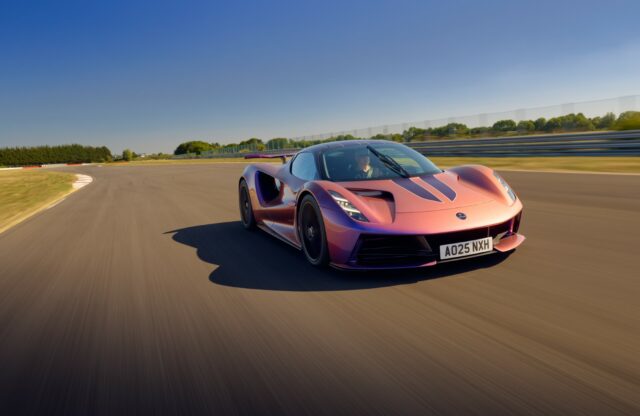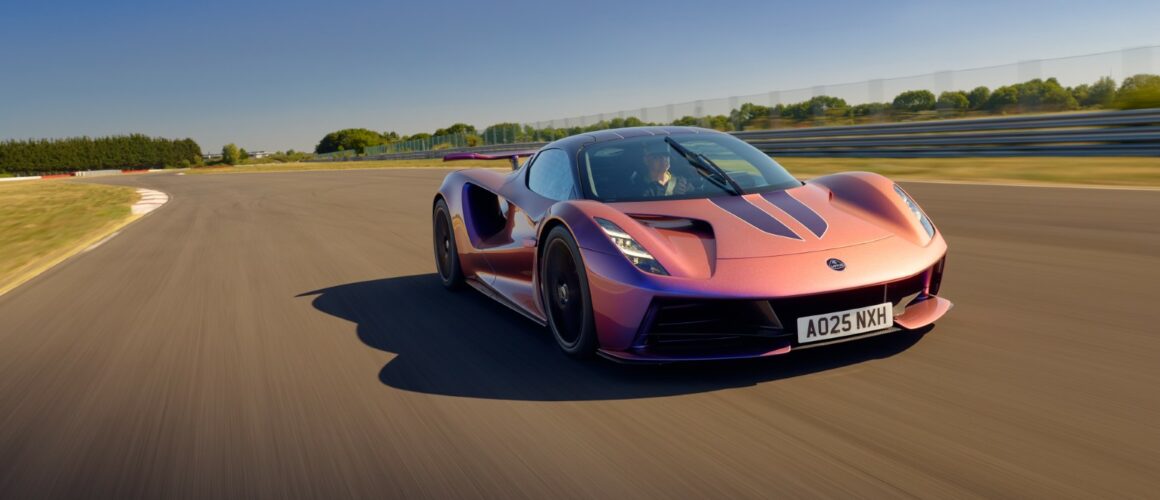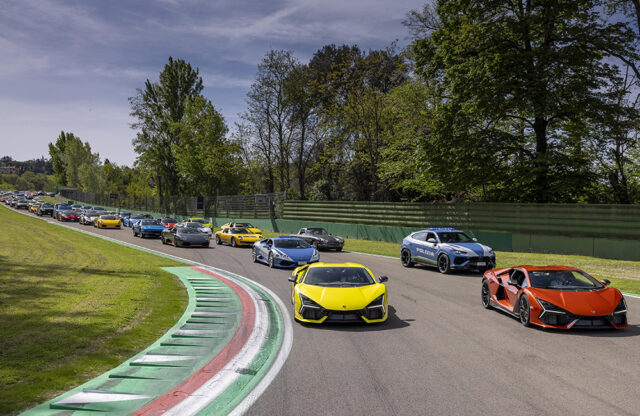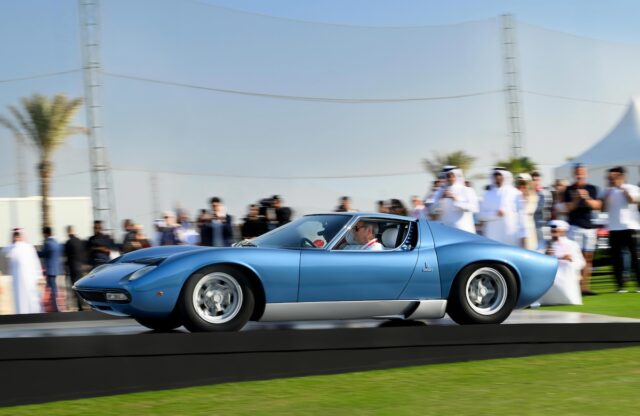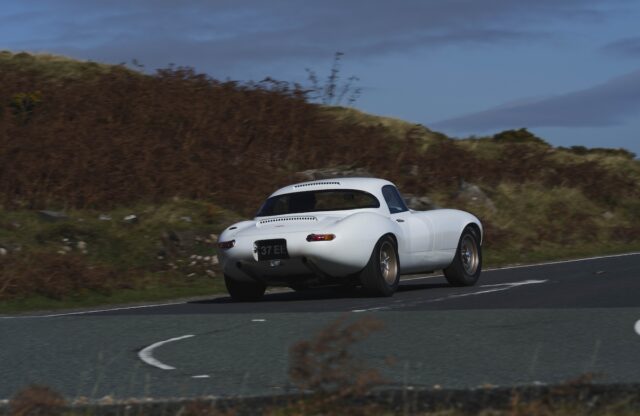It was one of the strangest car launches I have attended. Three very distinct groups assembled outside a London hotel: the UK journalists (scruffy, sceptical), the Geely executives (suited, smiling politely) and the Chinese influencers (stylish, selfie-obsessed). We were all herded aboard an open-top bus and driven around the capital on a rambling ‘best of British’ tour. Finally, with sightseeing duly completed, we squeezed into a dark, sweaty theatre for the main event. As the wraps came off the Lotus Evija, all the waiting seemed worth it.
That was in July 2019, though, when the EV landscape looked rather different. Back then, the first boat-load of Tesla Model 3s had just docked in Southampton and the Porsche Taycan was still a concept car. The Evija was billed as a ‘statement of intent’: a flagship hypercar to propel the revitalised Lotus into the electric era. Now, following a tortuous gestation period and a clear dearth of deposits – Lotus planned to build 130 cars, but won’t reveal how many it has sold – has the Evija already had its moment?
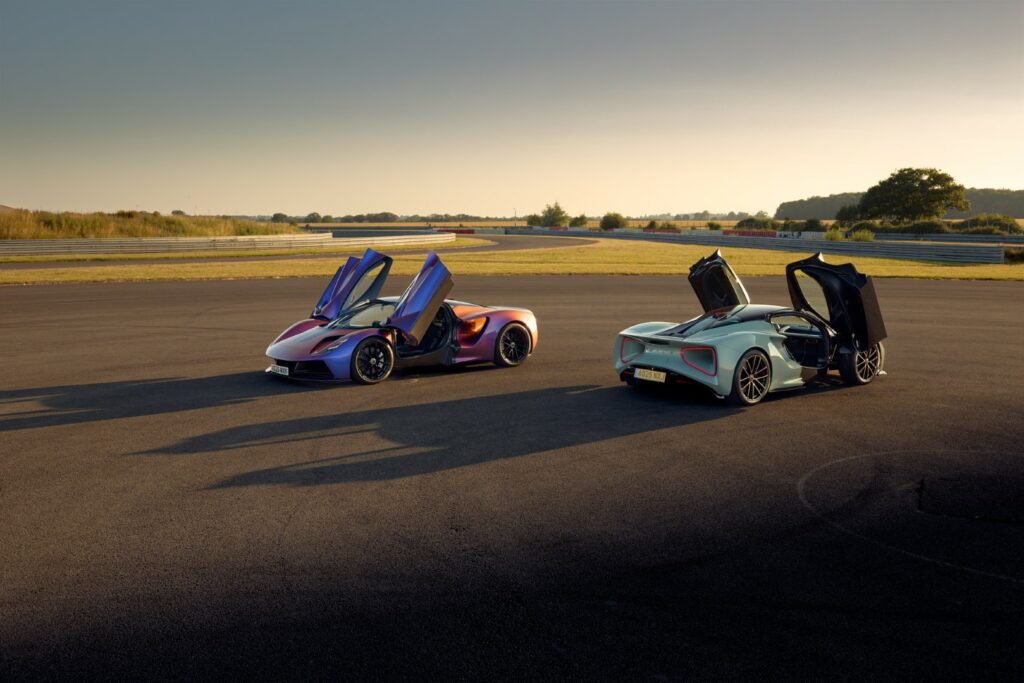
Six years might have passed since that evening in London, but the ultimate Lotus is still the world’s most powerful production car. Its four electric motors and two gearboxes deliver a preposterous 2011bhp and 1257lb ft of torque: good for 0-62mph in ‘less than 3.0 seconds’ and an electronically limited 217mph (I am later told the car hit 250mph in testing at Nardo). The official WLTP range is 195 miles, while a maximum charging speed of 350kW potentially means a 10-80 percent fill-up in 15 minutes.
A full-size cutaway model in the visitor centre at Hethel reveals the Evija’s carbon fibre monocoque, which weighs a mere 120kg. Its 93kWh battery stack is mounted centrally, like in a mid-engined car, to reduce polar inertia. Inboard suspension by Multimatic also helps centralise weight and cuts turbulence around the wheels, with additional motor sport-style heave dampers to suppress squat and dive. The car’s body looks shrink-wrapped around its components. “A Lotus should be like a packet of Pringles, with everything nested together and no wasted space,” says Lotus design director Russell Carr.
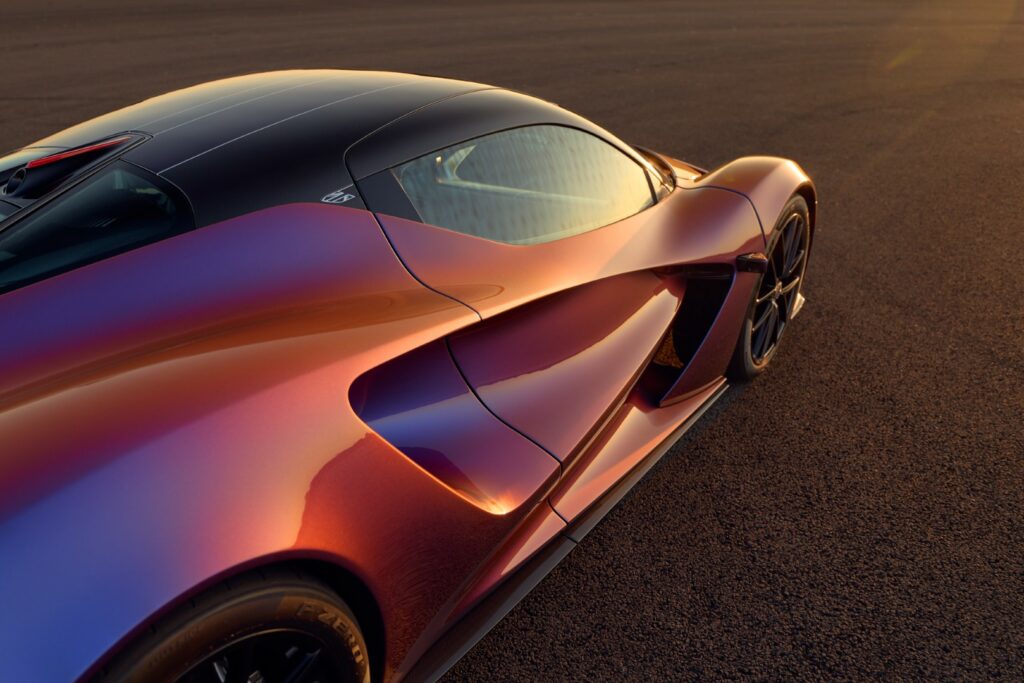
Carr then walks me around the real thing: a one-of-eight Evija Fittipaldi Edition in a retro JPS-look livery. Its form is clearly shaped by aerodynamics and what Carr calls “porosity”, allowing air to flow through the vehicle itself. Enormous venturi tunnels are its design USP, hollowing out the haunches to expel air between the active rear wing and DRS-enabled diffuser. Total downforce at top speed is 1500kg.
We walk outside to where ‘my’ Evija awaits. The Violaceus pearlescent paint is a little loud – more Lamborghini than Lotus, perhaps – but there’s beauty in its taut, sculpted curves. Beneath a brooding Norfolk sky, it looks wildly exotic, almost otherworldly. In the absence of an engine, the rear window shows off the jewel-like anodised dampers, while glowing red LEDs ring the venturis like jet afterburners. The hydraulically-activated dihedral doors are pure hypercar theatre, too.
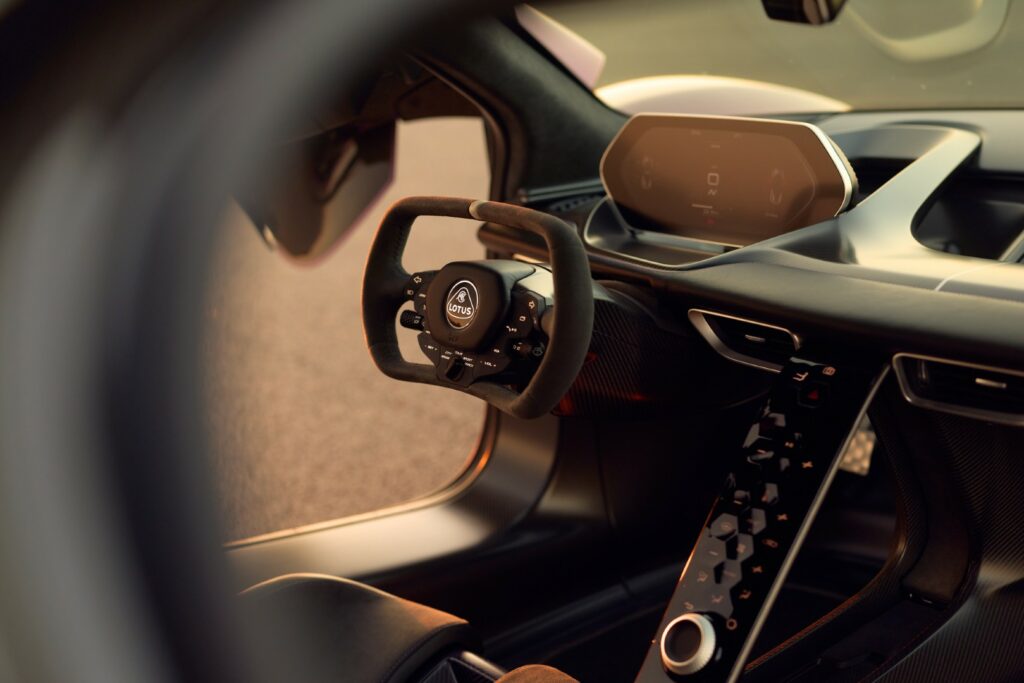
Drop down into hip-hugging seats (still easier than clambering into an Elise with the roof up) and the Evija’s cabin is skeletal and starkly functional. There’s a modest digital screen ahead of the driver, a slim central spar covered in hexagonal haptic touchpads, and an overhead console inspired by the roof-mounted radio in the Essex Turbo Esprit. The steering wheel is rectangular and wrapped in Alcantara, with a manettino dial to switch between drive modes. Many of the surfaces are exposed carbon fibre, like a racing car without the rough edges.
The view through the windscreen is bisected by a vertically parked wiper, but the peaked ‘Becker points’ atop the front wings – named after legendary Lotus test driver Roger Becker – make it easy to judge the Evija’s width. With pop-out cameras in place of conventional mirrors, however, reversing this £2.4m hypercar feels more like a leap of faith.
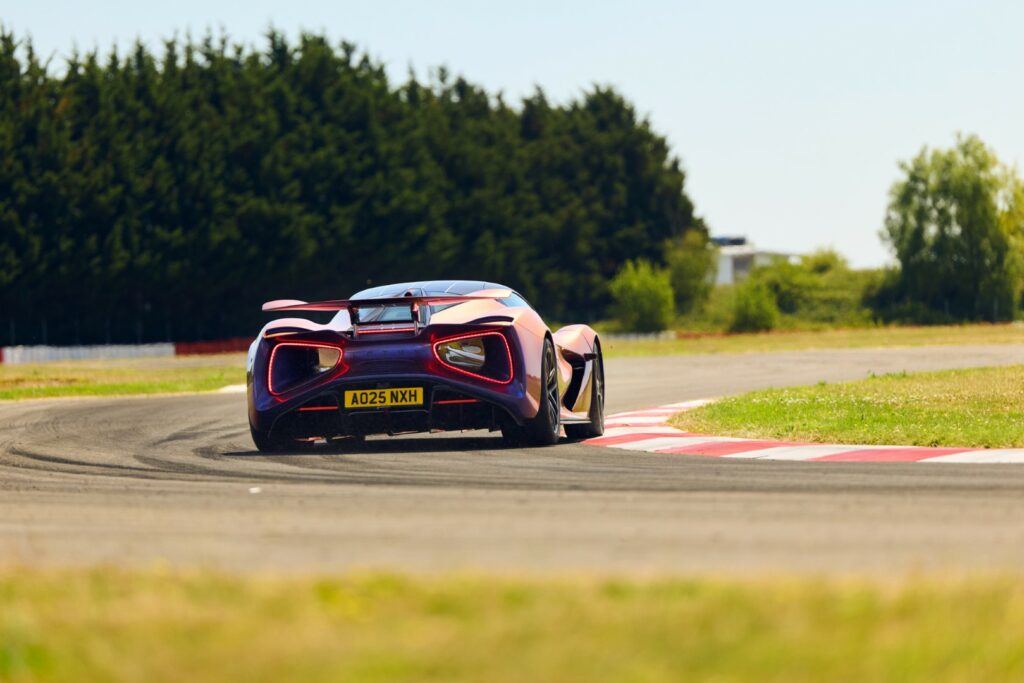
As I trundle across to Hethel’s test circuit, the leaden clouds make good on their threat, spitting out the first droplets of rain. Not ideal with more electrons than Sizewell B and semi-slick Pirelli Trofeo R tyres. John Farn-Ramsay, principal engineer for Lotus vehicle dynamics, draws my particular attention to the long, 180-degree Rindt Hairpin, which has absolutely no run-off: just a flimsy fence to shield the trees. Duly noted.
Feeling a tad trepidatious, I start off in Range mode – essentially a valet setting with a ‘soft’ throttle and 80mph speed limiter – then build up steadily through City (700bhp) and Tour (1400bhp). What’s immediately apparent is the Evija’s lucid electro-hydraulic steering, which feels alert and incisive in the best Lotus tradition. Then there’s the noise: an unfiltered, high-voltage hum that swells into a piercing wail and then a banshee shriek. “Other Lotus EVs are almost silent, but in the Evija you really hear your speed,” explains Farn-Ramsay.
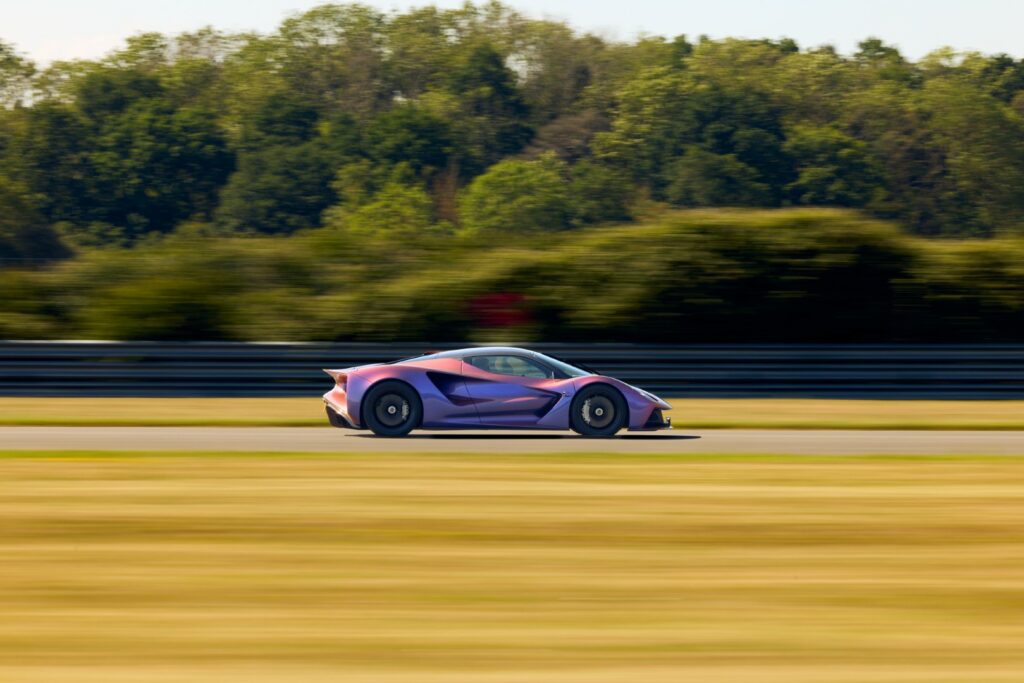
Inevitably, it isn’t long until I twist the dial to Sport and unshackle all 2039 horses. I have driven rapid EVs before, including a recent blat in the 1020bhp Porsche Taycan Turbo GT, but this is something else. Full-bore acceleration feels like going into freefall; you momentarily stop breathing as your lungs are compressed into your ribcage. At lower speeds, the sheer force of the explosion is limited by traction, but as you go faster the Evija feeds more torque to its front tyres, so it simply keeps on pulling. Acceleration beyond 120mph feels quicker than many sports cars from a standing start. I’ve never experienced anything like it.
I can’t experiment with max-downforce Track mode today, as it requires removing the rear number plate so the DRS flaps can be fully elevated. No matter: even in second-rung Sport, the Evija feels precise and utterly planted. It might be about twice the weight of an Elise, at 1890kg with fluids, but there’s still a delicacy in its responses. Push harder and you can feel the four-wheel torque vectoring at work, pulling you towards each apex and deftly balancing the immense forces being unleashed. Without this technology, the Evija would be undriveable for mere mortals. With it, even an average driver (ie yours truly) can feel like a hero.
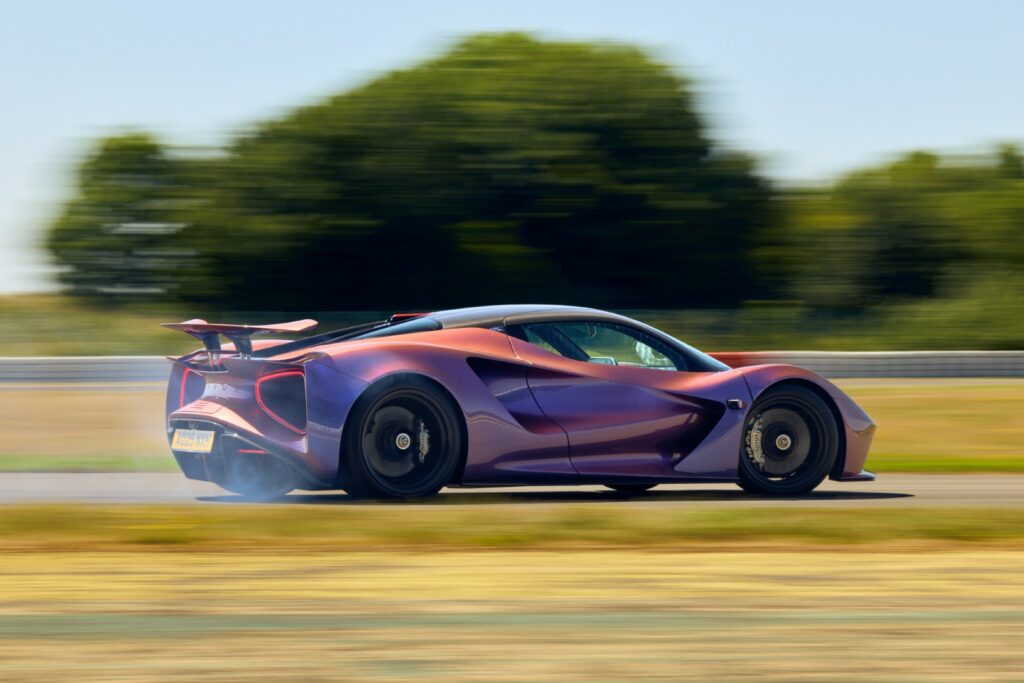
We then swap seats so Farn-Ramsay can show me how a pro does it. Just before the chicane on the long Mansell Straight – installed many years ago after a Lotus Carlton cooked its brakes and ended up in a nearby field – I had been nudging 150mph. This time, we see 175mph before the car dives hard right, the G-forces making me brace against the seat bolsters. Driven to its limit, the Evija is clearly willing to slide around, particularly on a damp track, but it demands attention and respect. After a couple of furious and physically violent hot laps, I feel light-headed and slightly beaten up. Sometimes, even being a passenger is hard work…
The Evija is a remarkable machine: outrageous to look at and brain-frazzlingly rapid, yet also easy to drive and imbued with unmistakable Lotus dynamic DNA. It’s not perfect: the lack of refinement and 195-mile range – call it 150 miles in the real world – limit its use for longer journeys. In truth, I’d also sacrifice some of that raw speed for the sound and response of a good old-fashioned engine. The howling Cosworth V12 from the GMA T.50, please, if you’re asking.
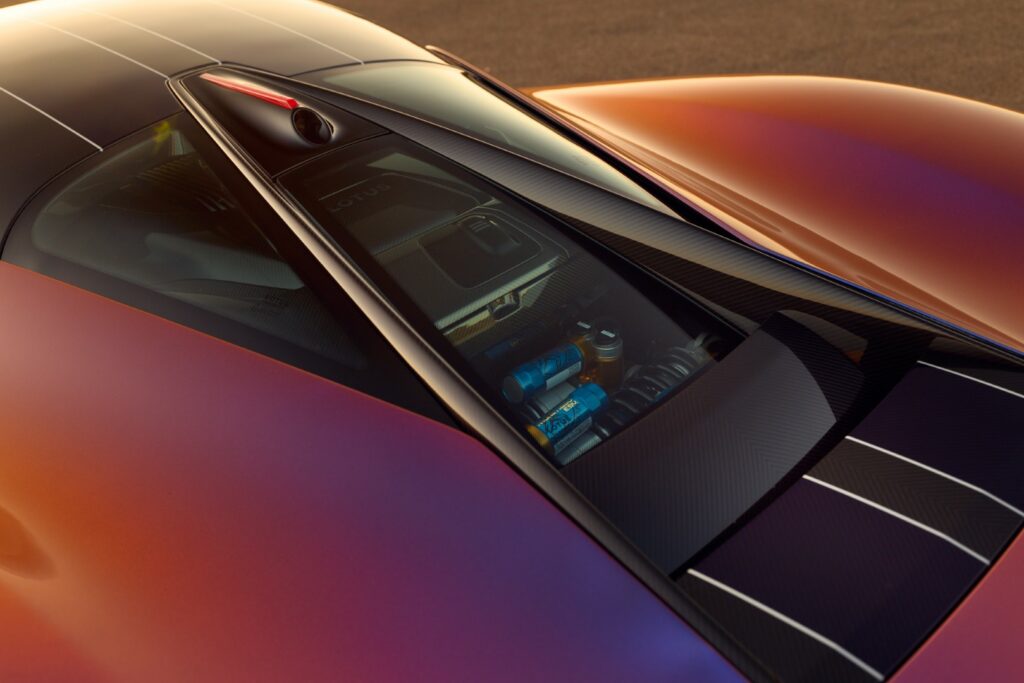
Yet comparisons with ICE cars arguably miss the point. Those able to splash out seven figures will already have ‘conventional’ hypercars in their collections, and the Evija is defined by its differences. It raises the bar for road-legal performance, and provides vivid proof that EVs can be characterful and fun to drive – albeit at the extreme end of the spectrum. Hyper-EVs such as the Evija, Rimac Nevera and Pininfarina Battista have struggled to find buyers, but eventually, sometime beyond 2035, they may be regarded as pioneers of a new kind of performance car. So, rather than arriving six years too late, perhaps this futuristic Lotus is actually ahead of its time.
